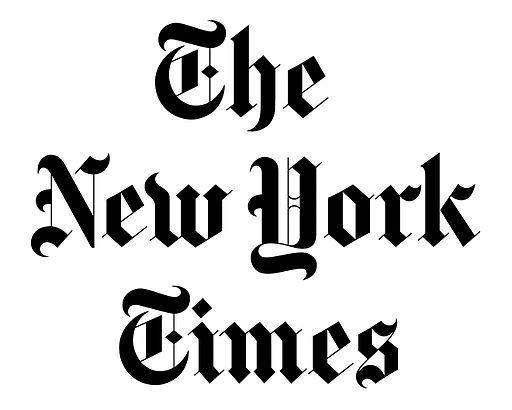The New York Times editorial board who is content in the belief that they are “the newspaper of record” wrote in an on-going series on women's rights on the “bad science and a moral panic” behind the crack-baby epidemic of the ’90s.
“News organizations shoulder much of the blame for the moral panic that cast mothers with crack addictions as irretrievably depraved and the worst enemies of their children. The New York Times, The Washington Post, Time, Newsweek and others further demonized black women “addicts” by wrongly reporting that they were giving birth to a generation of neurologically damaged children who were less than fully human and who would bankrupt the schools and social service agencies once they came of age.”
It is a useful article for anyone interested in how bad, well really untrue or at least incorrect, science can appeal to our bias and distort our policies, especially judicial policy. In some ways, the editorial is a failure analysis, a process that as a surgeon I participated in weekly and monthly throughout my years of clinical practice. As with any proper analysis of failure, there is no blame, and the end-result has multiple origins – anecdotal science blown out of proportion, a compelling narrative of injury to “the children,” racism, and politicians creating “sound bites," conflating them with thoughtful consideration and action.
The problem is that at no point did the New York Times take any responsibility. Nowhere did they say they provided wrong information and apologized. Nowhere did they discuss the conflict of interests that “made them” write about the “epidemic” before their competitors did or how their “special reports” were designed more to attract readers than to shed light. In that way of journalism, where all views are considered equal, the fault is with everyone; but when the responsibility falls on everyone, it falls on no one. In my clinical past, a surgeon could explain away an error in judgment by saying “Sh** happens,” and in some cases it does. But that does not mean that you do not and cannot reflect on your contribution to those events – that’s what adults do.
Why is it so difficult to say I was wrong, I apologize? If the New York Times would do that, then I might view them as less hypocritical when they proclaim the misdeeds of physicians who were unknowingly implanting defective medical devices or contributing to the “opioid crisis.” In point of fact, the echoes and parallels of poor science, poor reporting, knee-jerk political policy and racism between the crack and opioid epidemic are too great not to notice and report. If they would just say that their determination to beat the competition in a quest for readership to fuel their finances was a conflict of interest with “All the news that’s fit to print” then perhaps I would feel more comfortable when they claim the moral high ground in reporting the conflicts of interest of Sloan Kettering. Even better, possibly reflecting on their errors would make them a bit more forgiving, you know, stones and glass houses.
If “those who cannot remember the past are condemned to repeat it” then I am afraid this confluence of forces will again distort our commonly held beliefs and subsequent actions. The New York Times should be commended for bringing the issue to the table, but if they wish to lead, and more importantly learn to do better than they need to acknowledge their errors and apologize.
Source: Slandering the Unborn New York Times




